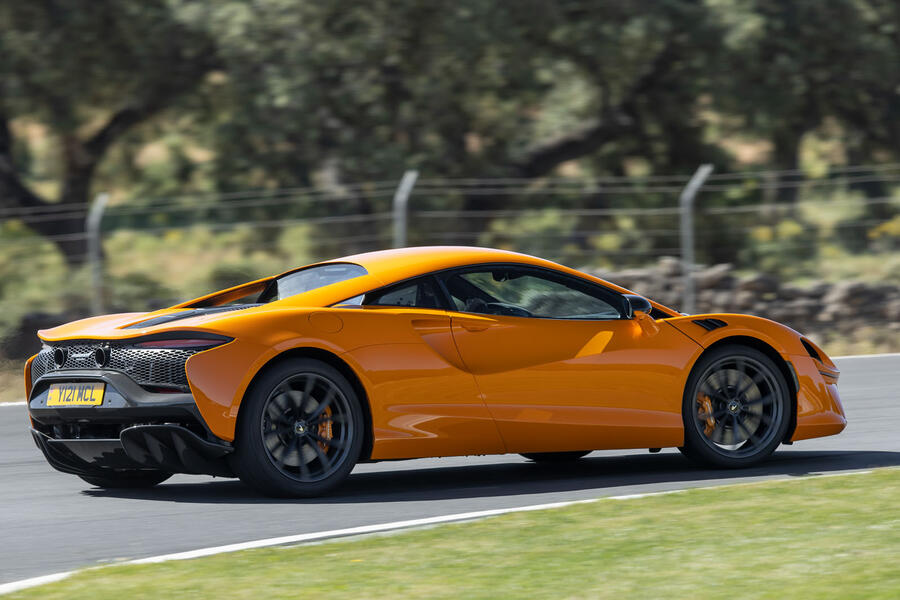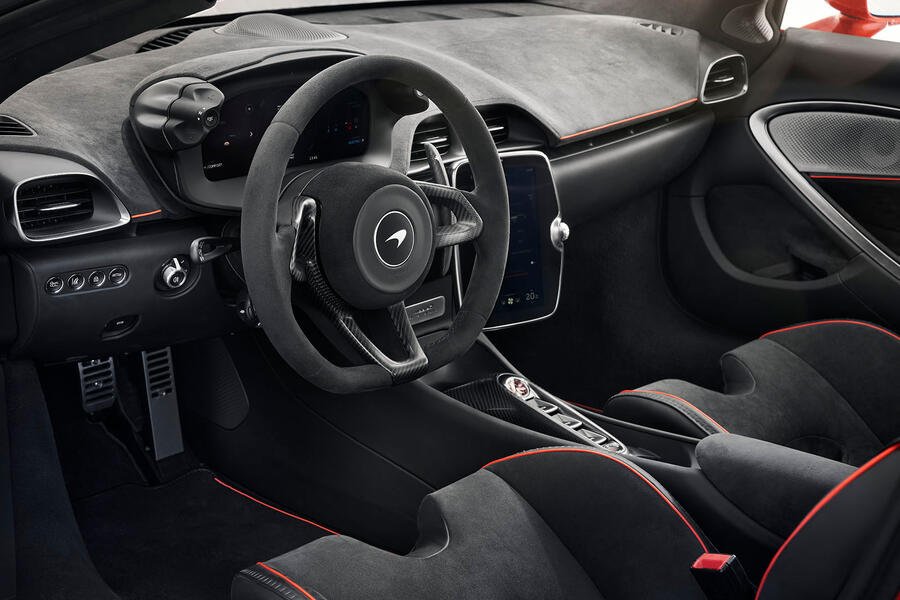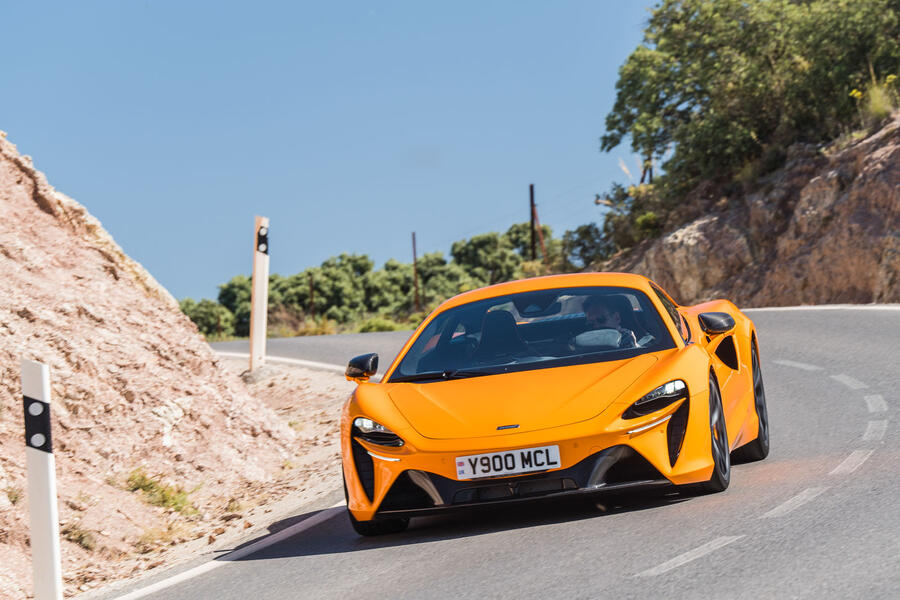It has been a rough few years for McLaren Automotive. Some luxury and sports car brands have weathered the challenges of the past 24 months surprisingly matter of factly, relying on the desirability of their cars, the good faith of customers and no doubt having a few quid in the bank to get them through. But McLaren hasn’t had it so easy.
The McLaren Group sold a division of its business, not to mention its Woking headquarters (only to lease it back) in 2021. The automotive division parted company with a CEO last year. The Formula 1 team itself was even linked with a sale at one stage.
And through it all, the company was having a particularly tough time getting its latest crucial new model, the Artura plug-in hybrid supercar, out of development and into showrooms. Even now, the struggle doesn’t seem to be entirely over. Technologically ambitious and almost entirely new from bumper to bumper, the McLaren Artura (whose model name is a portmanteau of ‘art’ and ‘future’) is a car of quite inspired design and packaging, and really expert tuning and execution.
It gives you faith not only in the capabilities of McLaren’s key designers and product planners, but also in the strategic wisdom of a company that knows its business, values its reputation and back catalogue, and wants to bring its existing customers with it into a world of electrified supercars, rather than simply replace them with a new band of clientele of new tastes and priorities.
The Artura will be a fine car, I expect, once its maker has finally and fully answered the challenges associated with its armoury of new technology, among which number a completely new carbonfibre chassis tub; a new electrical architecture; an all-new V6 combustion engine and eight-speed transmission; a new generation of infotainment system; and all of its plug-in hybrid componentry.

But the Artura’s time of readiness, I fear, may not be quite here yet. Because, despite having been bold enough to launch the car to the motoring press anyway in an event already postponed from last autumn, McLaren is evidently still wrestling with the technical complexity of this car, as events at the press launch only served to confirm. Those events, and why they happened, we'll come on to.
McLaren insiders describe this car as not so much a new chapter for their employer but a whole new book.
This is its first car to use a new carbonfibre chassis tub not only designed in-house but assembled that way too, at the new McLaren Composites Technology Centre in Sheffield. That tub adds stiffness to the Artura’s structure and saves weight, and it’s attached to aluminium suspension and powertrain subframes, and then circuitously to new axles (specifically a new multi-link rear axle coming in, where the old McLaren 570S used double wishbones at both ends).



































Add your comment